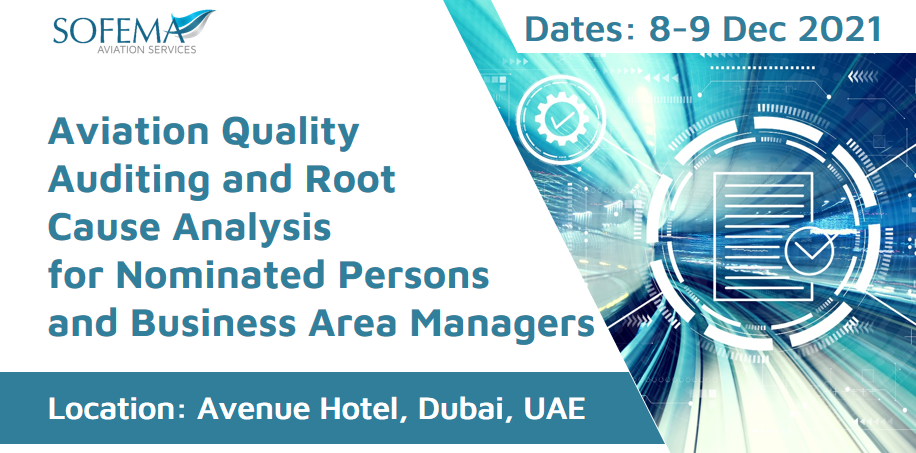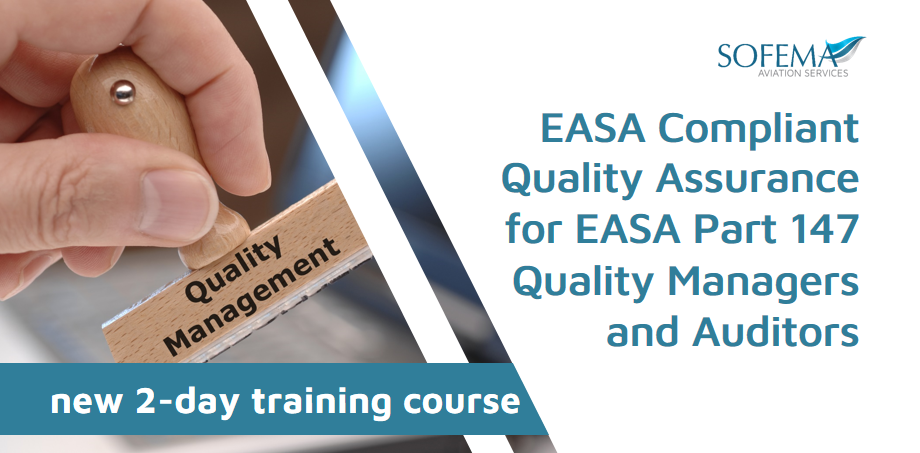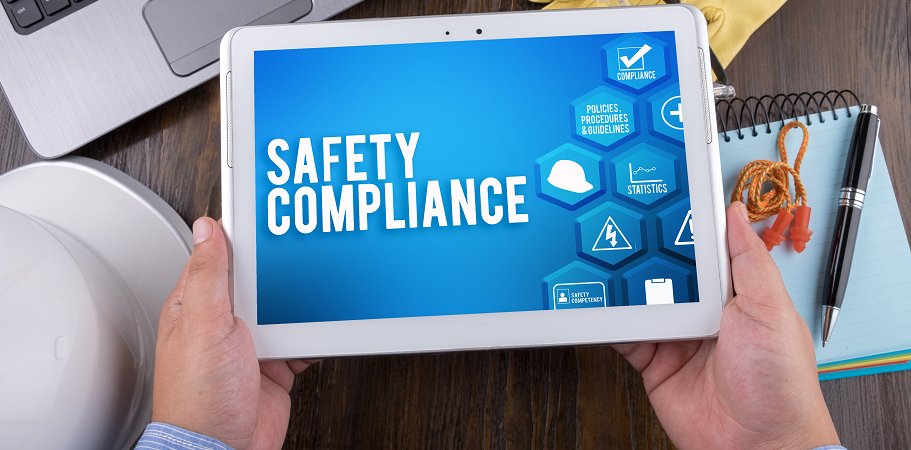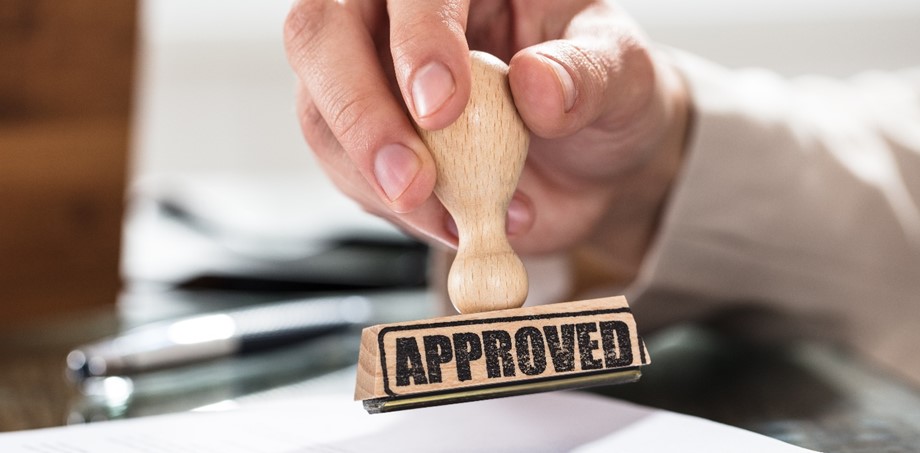Consider best practices in Aviation Quality Auditing – Save your place for our upcoming training in Dubai, UAE
read more
Sofema Aviation Services (SAS) www.sassofia.com is delighted to invite you to our upcoming training regarding Aviation Quality Auditing: Aviation Quality Auditing and Root Cause Analysis for Nominated Persons and Business Area Managers – 2 Days – Dubai, UAE Dates: 8-9 December 2021 Venue: Avenue Hotel, Dubai, UAE Price: 735 EUR Register at team@sassofia.com before 8 November & Save…






